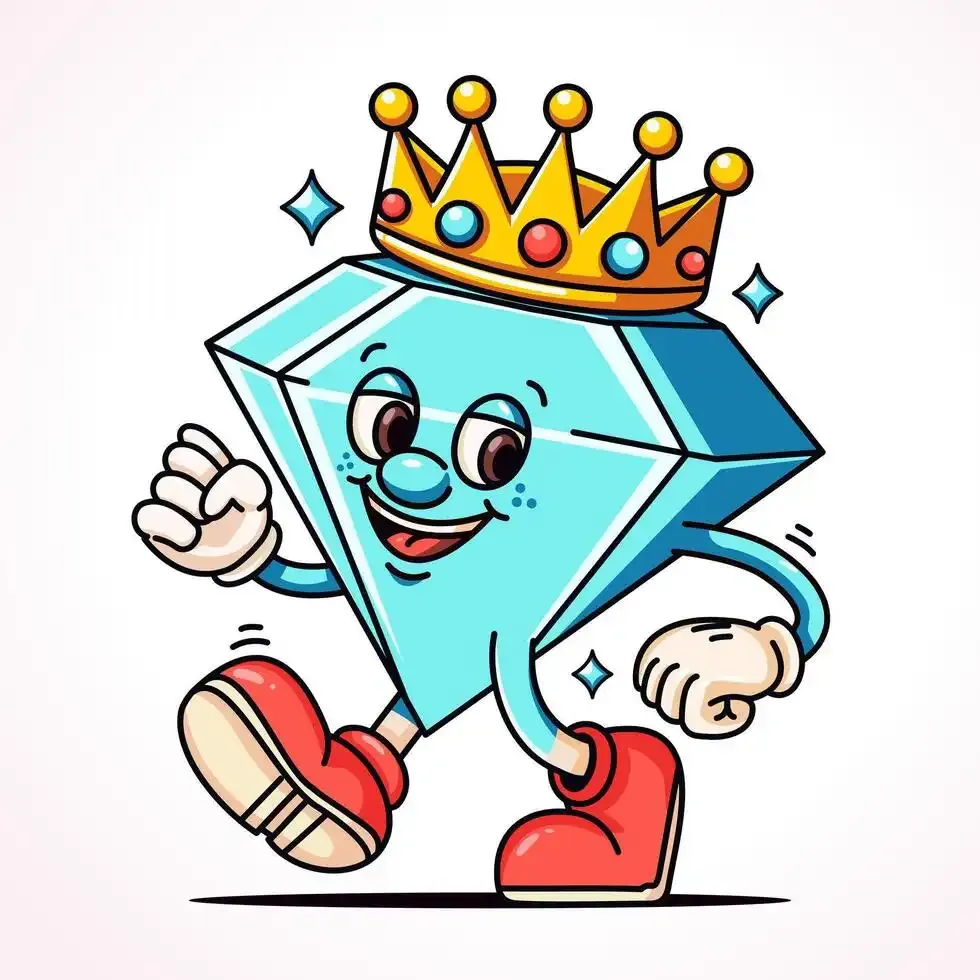Diamond problem: understanding ambiguity in inheritance
- #.NET C#
Inheritance is a powerful resource in object-oriented programming (OOP), but it can also lead us into a very complex problem known as the Diamond Problem. The Diamond Problem occurs when a class inherits from two classes that both inherit from a common base class, leading to ambiguity in the inheritance hierarchy. Let’s dive in to understand better!
Let’s suppose we have four classes: class A, class B, class C, and class D. Now, let’s define class A as the base class. Then, class B and class C inherit from class A. Now, class D inherits from both class B and class C. Can you see the problem? This is why it is called the Diamond Problem: the inheritance flow looks like a diamond.
Class D attempts to inherit from both class B and class C. This creates a diamond-shaped inheritance structure: class D inherits from class B and class C, which both inherit from class A. This leads to a compile-time error because the C# language does not support multiple inheritance for classes. The compiler cannot determine which method to use in class D: the one from class B or the one from class C.
Let's see on a coding example.
public class A
{
public virtual void DoSomething()
{
Console.WriteLine("This is class A");
}
}
public class B : A
{
public override void DoSomething()
{
Console.WriteLine("This is class B");
}
}
public class C : A
{
public override void DoSomething()
{
Console.WriteLine("This is class C");
}
}
public class D : B, C
{
// This will cause a compile-time error due to the diamond problem.
// error CS1721: Class 'D' cannot have multiple
// base classes: 'B' and 'C'
}
C# by default avoids this type of issue by returning a compile-time error. So, we can’t have a multiple-class inheritance. However, there is a way to achieve multiple inheritance using C#.
C# uses an interface-based design. Based on this, you can have multiple inheritance while avoiding the diamond problem by implementing multiple interfaces without inheriting the implementation details from multiple base classes. This eliminates the ambiguity that arises from multiple inheritance!
Let's see on a real coding example.
//This interface defines a single method `Charge()`, which is intended to be
//implemented by any class that represents a device with a battery.
public interface IBattery
{
void Charge();
}
public class Tablet : IBattery
{
public void Charge() { }
}
public class Smartphone : IBattery
{
public void Charge() { }
}
//These interfaces inherits from `IBattery`, meaning any class implementing
//them must also implement the `Charge()` method.
public interface ITablet
{
void Charge();
}
public interface ISmartphone
{
void Charge();
}
//This class implements both `ISmartphone` and `ITablet` interfaces.
//It provides explicit implementations of the `Charge()` method for both interfaces.
//This means that the method implementation is specific to the interface being used.
public class EnergyControl : ISmartphone, ITablet
{
void ISmartphone.Charge()
{
Console.WriteLine("Smartphone is charging...");
}
void ITablet.Charge()
{
Console.WriteLine("Tablet is charging...");
}
}
//It creates an instance of `EnergyControl`
//It then casts the instance to `ITablet` and calls `Charge()`
//It also casts the instance to `ISmartphone` and calls `Charge()`
public static void Main(string[] args)
{
EnergyControl energyControl = new();
((ISmartphone)energyControl).Charge(); // Outputs: Smartphone is charging...
((ITablet)energyControl).Charge(); // Outputs: Tablet is charging...
Console.ReadLine();
}
Although C# does not allow multiple inheritance with classes, it promotes the use of interfaces to achieve comparable outcomes. This method keeps the design straightforward, prevents the diamond problem, and ensures the code remains clear and easy to read.
By adopting interface-based design, developers can build flexible and modular code that addresses complex requirements while maintaining clarity and ease of maintenance.










